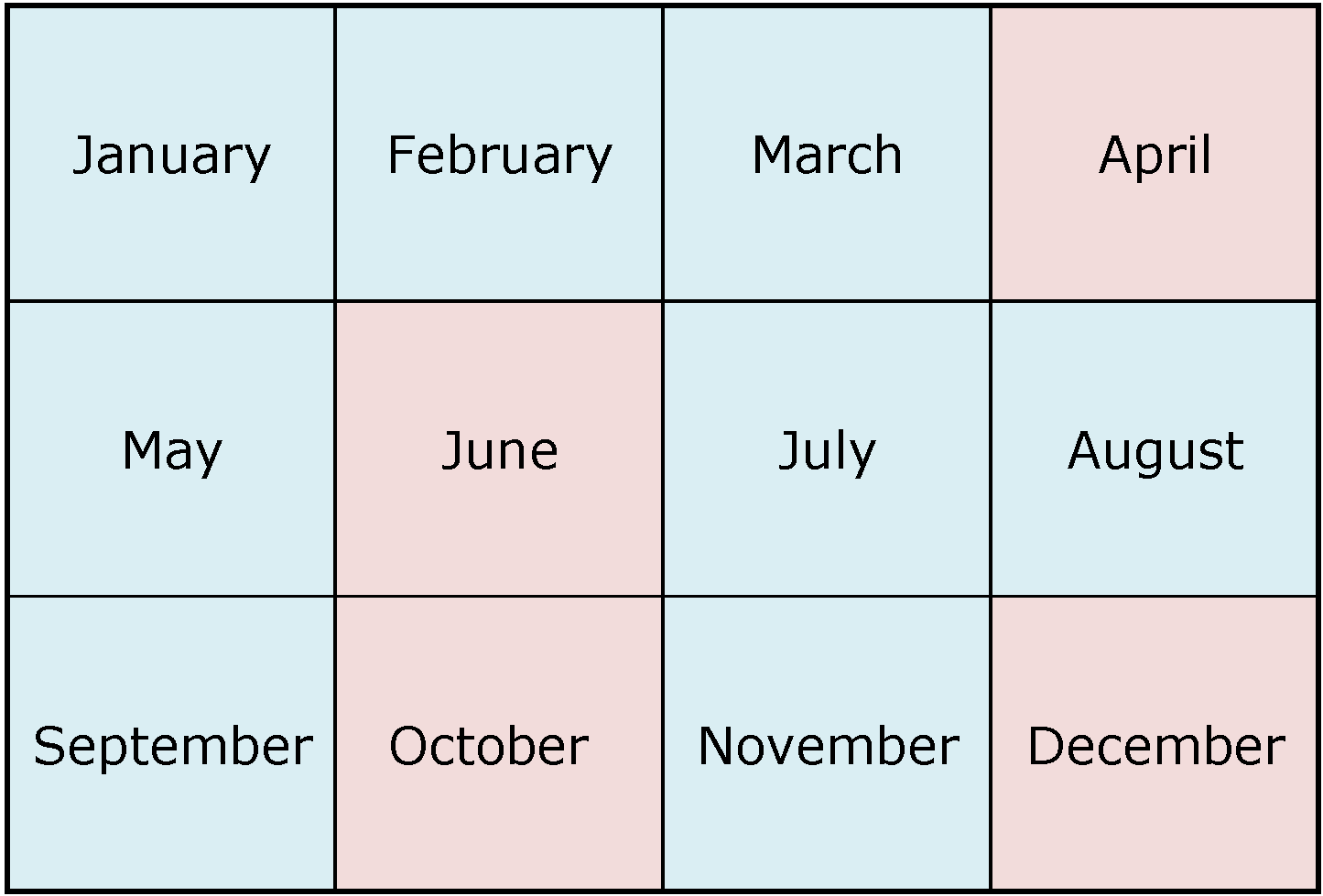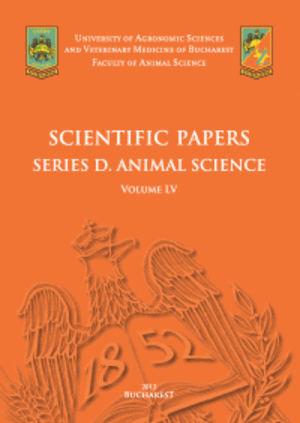Published in Scientific Papers. Series "Management, Economic Engineering in Agriculture and rural development", Vol. 25 ISSUE 2
Written by Andrei PRIGOREANU, Ștefan VIZITEU, Stejărel BREZULEANU
The objective of this paper is to analyze the effects of funding provided through Measure 19 – LEADER on rural development, with particular emphasis on the North East region. By supporting Local Action Groups, the LEADER approach plays a key role in carrying out Local Development Strategies, fostering economic diversification in rural areas, enhancing infrastructure, and safeguarding cultural heritage. The study compares the performance of the measure between the 2007-2013 and 2014-2020 periods, highlighting the increased efficiency of resource allocation in the recent phase due to the introduction of additional sub-measures (19.1, 19.3). The results show that the funding provided has generated jobs, stimulated entrepreneurship and strengthened social cohesion. The study emphasizes the necessity of consistent monitoring and ongoing support for enhancing the operational capacity of Local Action Groups (LAGs). The findings suggest that Measure 19 – LEADER acts as a driving force for sustainable rural development by encouraging active participation of local communities and promoting solutions adapted to local needs, thereby making a substantial contribution to the goals of the Common Agricultural Policy and to the broader sustainable development of rural areas.
[Read full article] [Citation]

 Next Issue will be published according the the calendar.
Next Issue will be published according the the calendar.



